Photos: Salmon-Eating Owls Revealed in Stunning Images
Sitting ducks
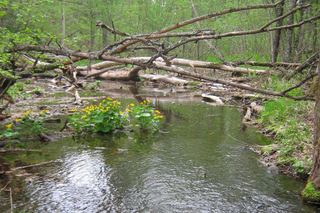
The world's largest owl requires equally huge trees, a finding that reveals that this salmon-devouring predator could be a key sign of the health of some of the last great forests of Russia's Far East, researchers say.
Here, limbs from an old-growth tree that crashed into a river during a storm in Primorye, Russia, disrupt the flow of water to create microhabitats suitable for young salmon, which form the prey base for the endangered Blakiston's fish owl.
The table is set
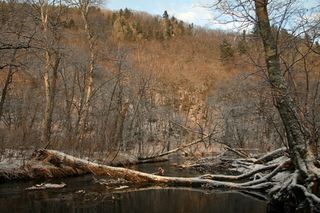
When trees fall into rivers in Primorye, Russia, they disrupt the flow of water to create different microclimates suitable for young salmon, which form the prey base for the endangered Blakiston’s fish owl.
Home sweet home
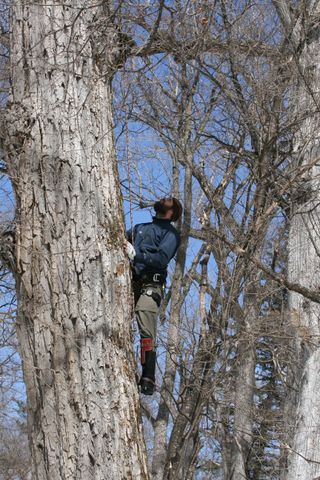
Dr. Jonathan Slaght, of the Wildlife Conservation Society’s Russia Program, scales an old-growth Japanese poplar in Primorye, Russia, to investigate a Blakiston’s fish owl cavity nest some 12 meters (40 feet) above the ground. When trees as large as this one fall into nearby rivers, they disrupt the flow of water to create different microclimates suitable for young salmon, which form the prey base for this endangered owl.
Somewhere out there
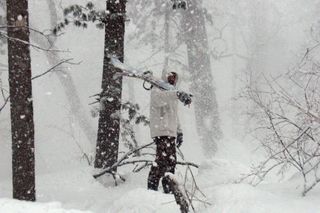
Dr. Jonathan Slaght of the Wildlife Conservation Society searches for the nest of an endangered Blakiston’s fish owl in Primorye, Russia.
Dinner time
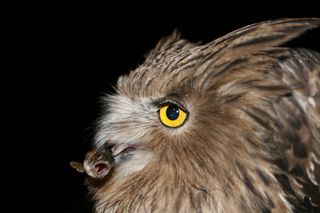
An endangered Blakiston’s fish owl captures an unsuspecting Masu salmon smolt in Primorye, Russia.
Keeping watch
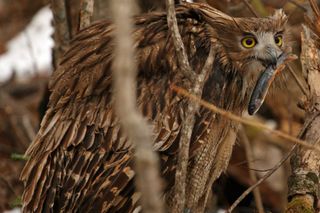
An endangered Blakiston’s fish owl pauses before consuming a freshly-caught Dolly Varden trout smolt in Primorye, Russia.
Here I am
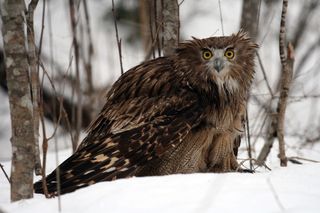
An endangered Blakiston’s fish owl in Primorye, Russia.
Sign up for the Live Science daily newsletter now
Get the world’s most fascinating discoveries delivered straight to your inbox.
In need of help
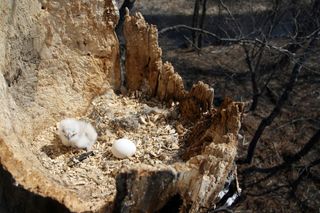
The Blakiston’s fish owl, an endangered species, relies on old-growth riparian forest to provide nesting and foraging habitat.












